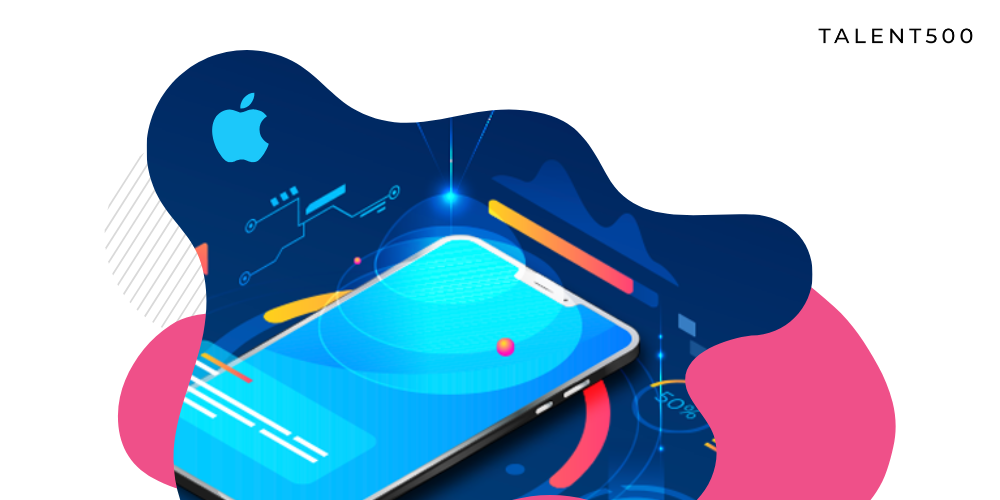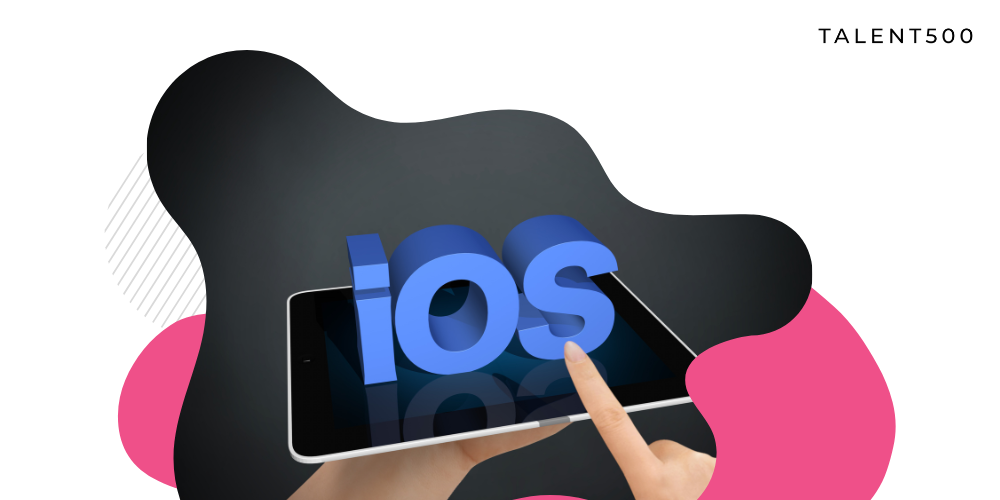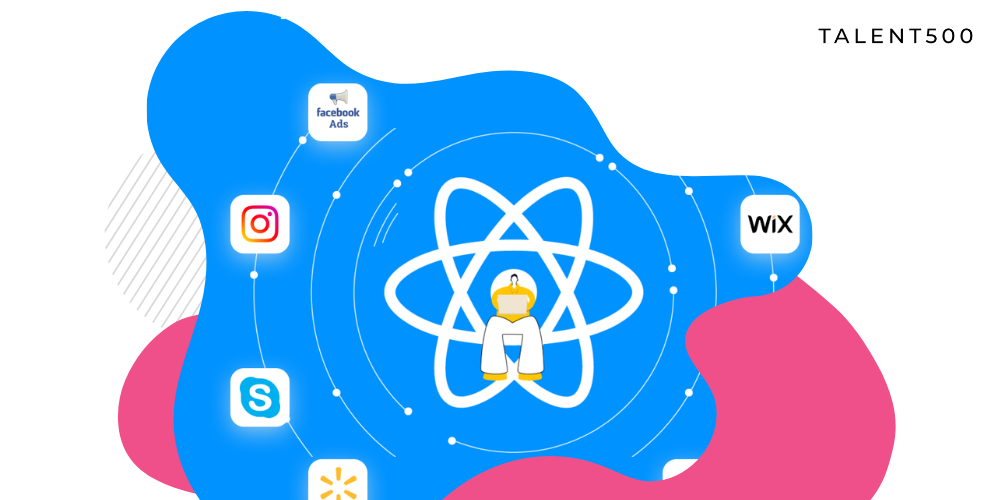After Android, iOS is the most extensive mobile operating system. It will have a market share of 27.73% in 2022, gradually increasing due to the popularity of iPhones. As the demand for Apple devices is rising, the iOS development market is simultaneously booming. Businesses recognize the importance of mobile presence and to be included in the larger global picture of digital presence, they look for highly skilled iOS developers.
This article explores the scope of iOS app development in 2023.
1. Swift will dominate the industry
Swift is a programming language developed by Apple in 2015. It was created as a modern alternative to Objective-C for iOS app development. Developers are proactively adopting Swift for its simplified approach to app development. This programming language creates more stable iOS apps and is well-documented. Any iOS developer can learn the syntax and master Swift effortlessly. Even the community is optimistic about the growth of Swift, which is why there are twice as many Swift developers as Objective-C developers. As Apple extends the support of the programming language for various platforms, including iOS, watchOS, and tvOS, we can expect its continued expansion in 2023.
2. It’s quicker to develop iOS applications
Another reason iOS development is poised to grow in 2023 is its faster and cheaper development cycle compared to Android applications. According to market surveys, building iOS applications is 30-45% less time-consuming and more affordable than building Android applications. The significant difference in the development life-cycle is Swift’s use for iOS development. As compared to Java-written applications for the Android platform, using Swift, iOS developers can generate the same functionality and features for fewer lines of code.
iOS applications follow the standard development protocols defined by the community, unlike Android, an open-source platform. There is no standardization, which makes Android app development longer because there are diversified components and devices for which compatibility should be addressed. But Apple’s closed ecosystem means that there are only a small number of devices and only one operating system for which the app should be standardized.
3. Security
The development of the smartphone ecosystem is also presenting some security challenges. According to Statista, in 2022, 70% of businesses were victimized by ransomware attacks. It is the highest number so far. As mentioned above, Android is an open-source platform that is more vulnerable to outside threats because of its open infrastructure and design information.
However, Apple has kept iOS as a closed ecosystem which is why it is much more secure. Due to its inbuilt security, the platform offers an advanced and secured infrastructure to add in-app purchase features such as the use of online/debit/credit card information and personal documents. In 2016, Apple launched App Transport Security (ATS) to force developers to inherently take care of app security.
iOS devices are provided with additional security features every year, which is more frequent than any other device on the market. From an app security point of view, iOS development is at the top of the list, which is why more businesses trust iOS applications.
4. Developer tools for lowering the bar
The Android app development market is mature, with several Software Development Kits or SDKs available for developers. The iOS development industry is catching up with multiple developer tools, making it easier to build applications. Previously, the only standard SDK available for building iOS applications was the iOS SDK, the official Apple package for facilitating developers to build applications in a standardized format.
Before Software Development Kits, a developer has to build the functionality from scratch to include it in their application.
But today, several SDKs are available that can be imported readily to include functionality in any iOS application. For instance, Facebook SDK for iOS provides services and protocols necessary to have Facebook-based features in any iOS app. Similarly, Google offers Mobile Ads SDK for iOS to enable ad integration without using any third-party application during iOS development.
The majority of the iOS application development environment, in terms of cross-functional approaches with SDKs, is significantly lowering the bar for creating sophisticated iOS apps. Easy-to-deploy tools are available that make building high-performance and secure iOS applications simpler.
Conclusion
In 2023, the scope for iOS development remains undisputedly high. There are several reasons to consider iOS development – expanding the reach of your app to premium users who use iPhones, building highly secure and robust applications with 30-45% less investment as compared to Android app development, and induction of versatile SDKs that allow building feature enriched iOS applications with minimal lines of code.
Talent500 is a platform for iOS developers to seek global career-redefining opportunities with Fortune 500 companies and fast-growing start-ups. Sign up here and join the elite pool of talent.






